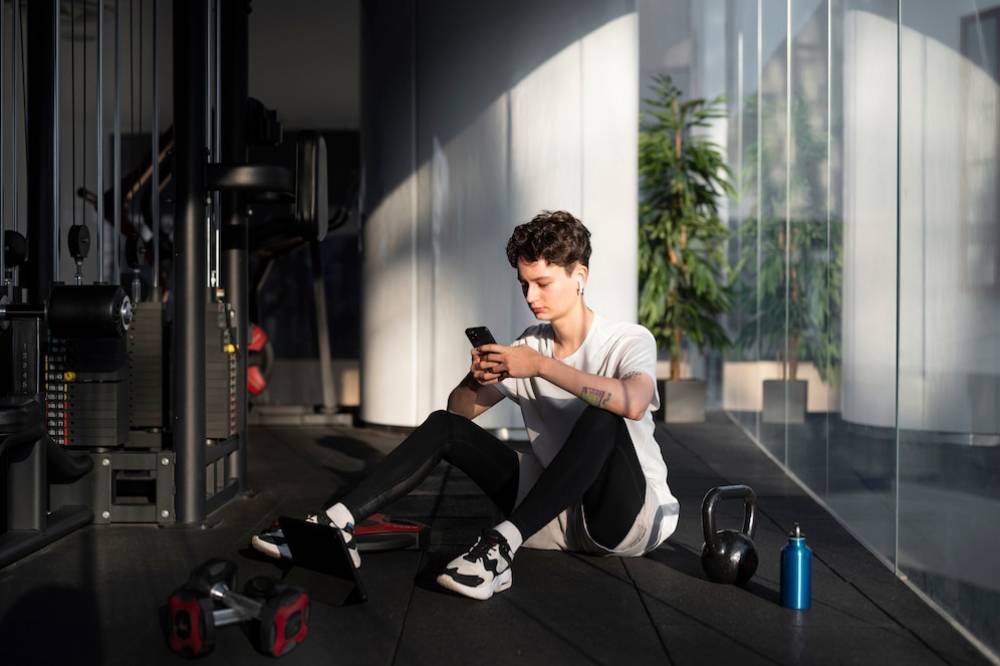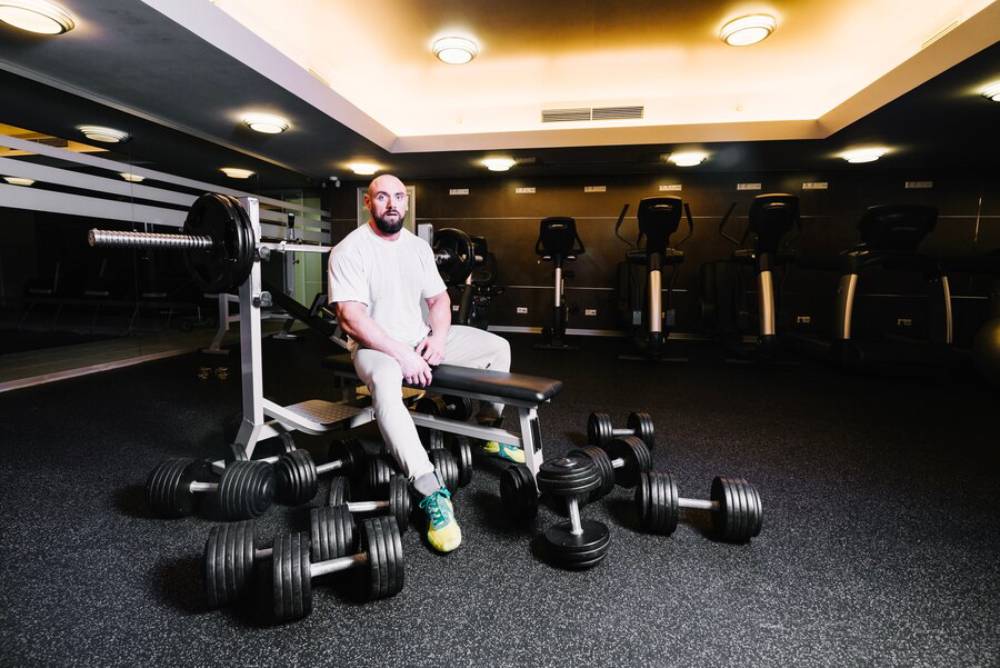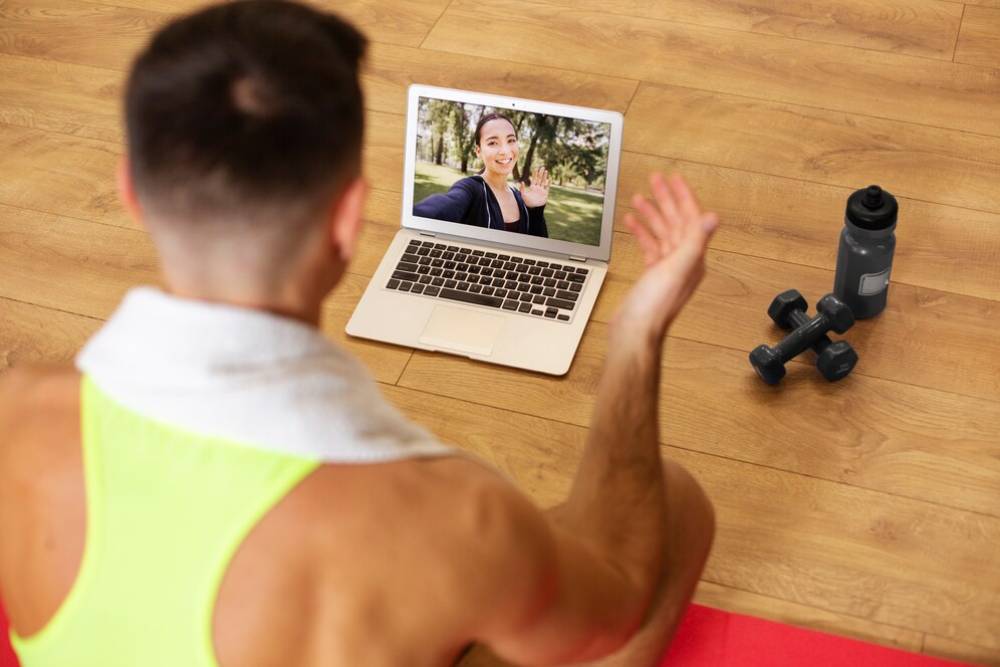
Tips for Creating an Inclusive Home Workout Space
Fitness is a universal right, a gift for all to cherish. Yet, many gyms falter, missing the mark. By creating an inclusive workout sanctuary at home, we welcome every ability. This opens the door to fitness dreams wrapped in respect and freedom. Here, community thrives, and encouragement flows. Everyone deserves the spotlight to shine bright!
Creating your workout haven makes it easier to stick to a routine. This trend blossomed after the pandemic. It eliminates commutes and banishes the intimidation often found in public gyms. The result? A personal, comfortable atmosphere that welcomes you to move freely.
Key Benefits of an Inclusive Home Workout Space
Enhanced Accessibility
One of the primary benefits of an inclusive workout space is enhanced accessibility. Creating a gym for various needs ensures everyone can use the equipment safely and competently. This might mean adding wider doors or ramps. It could also involve changing equipment heights for wheelchair access.
Customisation to Individual Needs
An inclusive gym allows for customisation according to individual needs. Adjustable equipment and adaptive tools can make your workout space more fun and easier to use. It will enable modifications for various abilities, helping everyone enjoy fitness.
Promotes Independence

Having a disability-friendly home gym setup encourages independence. Individuals can exercise at their own pace without needing constant assistance, which is vital. It boosts confidence and helps build a strong relationship with fitness.
Encourages Consistency
A home gym designed for you boosts convenience. This makes it easier to stay consistent. You’re more likely to stick to your routine when the gym is just steps away. Consistency is vital for reaching long-term fitness goals. So, a well-planned setup is even more critical.
Step-by-Step Guide to Creating an Inclusive Home Workout Space
Step 1: Evaluate Your Space
Assess the Area
Begin by evaluating the available space in your home. Consider the dimensions and layout, ensuring enough room for movement and equipment. Remember, the space should be easily accessible, with clear pathways and no clutter.
Consider Accessibility Needs
Think about the specific accessibility needs of those who will use the space. This could include wheelchair access, visual aids, or auditory signals. Understanding these requirements will guide your design and equipment choices.
Step 2: Choose the Right Equipment
Opt for Adjustable Equipment
Invest in adjustable and versatile equipment. This includes benches at different heights, dumbbells in various weights, and machines for seated workouts. Adjustable equipment ensures that workouts can be tailored to individual capabilities.
Focus on Multipurpose Tools
Choose multipurpose tools that offer a range of exercises. Resistance bands are great for strength training. They work well for people of all abilities. Similarly, stability balls and kettlebells provide a diverse workout experience.
Step 3: Design for Safety
Install Non-Slip Flooring
Safety should be a priority in any home gym setup. Use non-slip flooring to avoid accidents, especially where equipment is used. Rubber mats are a popular choice as they provide grip and cushioning.
Ensure Proper Lighting

A well-lit space is essential for safety and motivation. Make sure your workout area is well-lit. Use adjustable lights for different times of the day. Consider motion-sensor lights for added convenience.
Step 4: Incorporate Adaptive Technology
Utilise Smart Fitness Devices
Incorporating smart fitness devices can enhance the inclusivity of your home gym. Fitness trackers, smartwatches, and apps offer great insights into workouts. They help people track progress and change their routines as needed.
Implement Virtual Training Options

Virtual training options are very helpful. They provide guided workouts for different skill levels. Many platforms offer adaptive fitness classes. Users can follow along at their own pace and comfort level.
Additional Expert Tips & Common Mistakes to Avoid
Expert Tips
- Talk to experts: Reach out to occupational therapists or fitness specialists in adaptive fitness. Their insights can be invaluable in designing a space that truly meets all needs.
- Prioritise Comfort: Make sure the space is cosy. Provide good ventilation and control the temperature. A comfortable environment enhances the workout experience, encouraging longer and more frequent sessions.
- Stay Informed: Keep up-to-date with the latest adaptive fitness technology and equipment. Innovations in this field can offer new opportunities for inclusivity and effectiveness.
Common Mistakes to Avoid
- Overcrowding the Space: Avoid filling the area with too much equipment. A cluttered space can be hazardous and overwhelming. Focus on quality, not quantity.
- Neglecting Maintenance: Regular maintenance of equipment is crucial to ensure safety and longevity. Schedule routine checks to keep your gym in optimal condition.
- Ignoring Individual Preferences: While accessibility is key, personal preferences should not be overlooked. Make sure the space reflects its users’ tastes and interests. This way, it will become a place they enjoy spending time in.
Advanced Insights & Expert Recommendations
Creating an inclusive workout space goes beyond accessibility. It’s about promoting a complete approach to fitness and well-being. Consider adding mindfulness and relaxation areas, like a corner for yoga or meditation. This mix of physical and mental wellness can greatly improve the fitness experience.
Additionally, building a community around your home gym can be incredibly motivating. Joining virtual workout groups or local fitness clubs helps you connect with others. This connection can boost your motivation and keep you accountable.
Conclusion: Your Inclusive Fitness Journey Starts Here
An inclusive home workout space shows that fitness is for everyone. By designing a space for different needs, you invest in both the health and the independence of its users.
As you embark on this journey, remember that inclusivity is an ongoing commitment. Stay open to feedback and be willing to adapt your space as needs evolve. Together, we can create a fitness culture that truly welcomes everyone.
Ready to transform your home into an inclusive fitness haven? Start today by assessing your space and exploring adaptive fitness options. Your inclusive workout journey awaits!